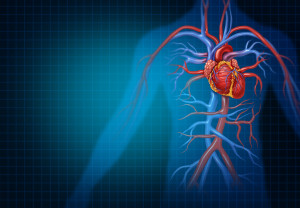
As a cardiologist, I believe that the heart is the most important organ in our body and my goal is to spread the basic knowledge about heart diseases to our people. Before we discuss common cardiac diseases, it is essential to have basic knowledge about our heart.
The heart is a muscular organ located in the middle of the chest, more towards the left side. Its major role is to pump blood to all the organs in the body. The heart has four chambers, two on the right and two on the left. The top chambers are called atrium and the bottom chambers are called ventricles.
Left-sided heart chambers do the critical part of pumping blood all over the body, through the largest blood vessel in the body called the aorta. Blood takes oxygen and nutrients to the tissues and comes back to the heart through veins. When blood comes back to the right side of the heart, it lacks oxygen, as it got absorbed by bodily tissues. To regain oxygen, the right side of the heart pumps the blood into the lungs, where it gets oxygenated before it reaches the left side. Then the cycle continues for life.
The heart is also a muscle and it needs its own oxygen and nutrients. It gets them through small arteries called coronary arteries which supply blood to the heart. There are three major coronary arteries on all of our hearts. When any one of these arteries gets blocked, people develop heart attack. There are also valves within the heart to direct the blood, but we will leave this for another section.
So far we just discussed plumbing, so we can’t forget the electrical part. For the heart to beat constantly throughout life, it needs a generator which can never fail– and it is called the SA Node.
Electricity spreads through different circuits to reach all parts of the heart. These electric signals are picked up and amplified by the electrocardiogram which is commonly called as EKG or ECG.
To over-simplify common cardiac diseases, we can say:
1. Blocked heart arteries cause heart attack
2. Weakened heart muscles cause heart failure
3. Abnormal electrical conduction causes abnormal heart rhythm (arrhythmias)
4. When heart completely stops, it is cardiac arrest


Dr. Vijaiganesh (VJ) Nagarajan
Interventional Cardiologist
OakBend Medical Group
Read about Dr. VJ here.
Disclaimer: The contents of this article, including text and images, are for informational purposes only and do not constitute a medical service. Always seek the advice of a physician or other qualified health professional for medical advice, diagnosis, and treatment.








